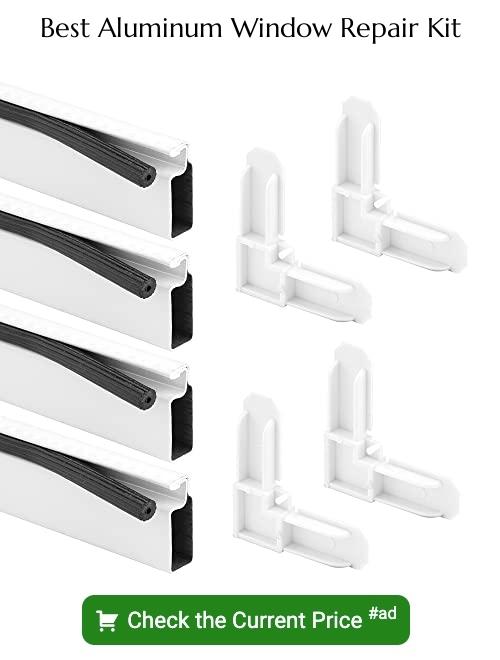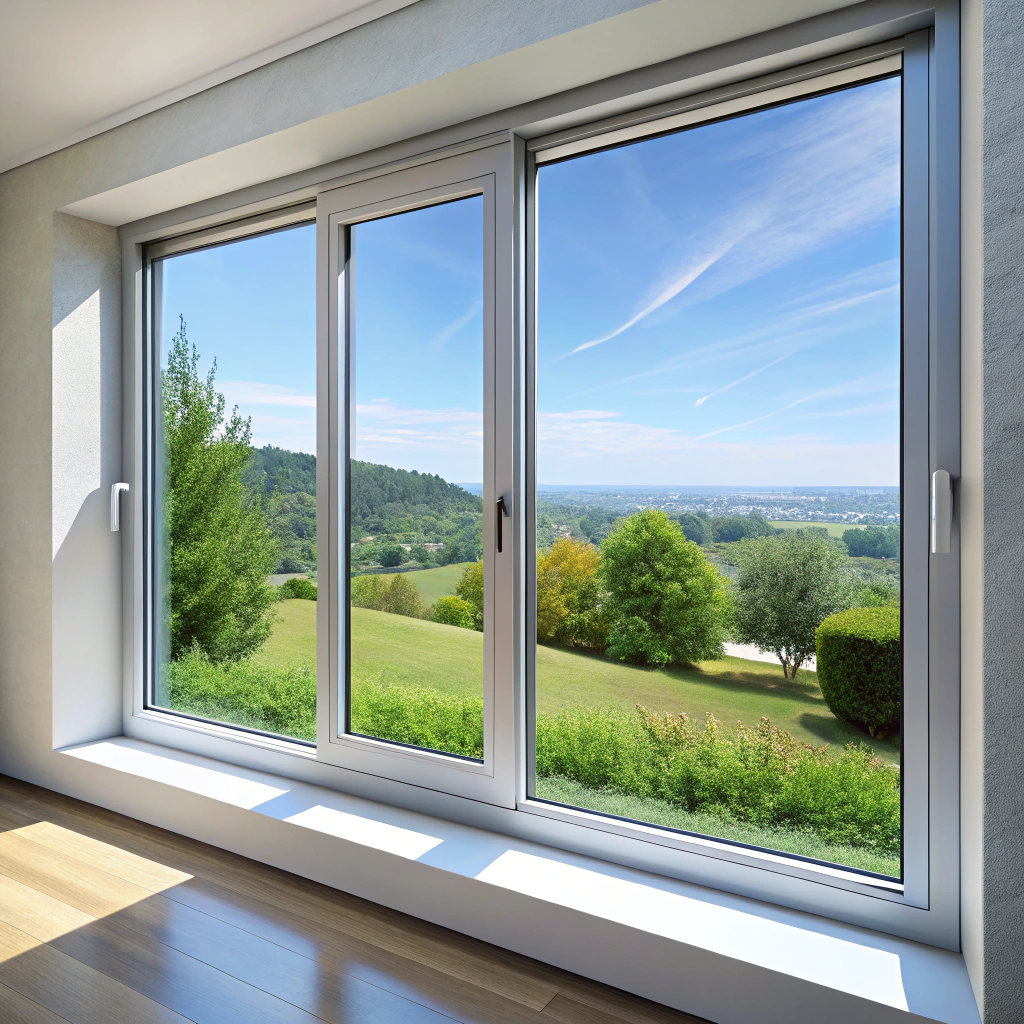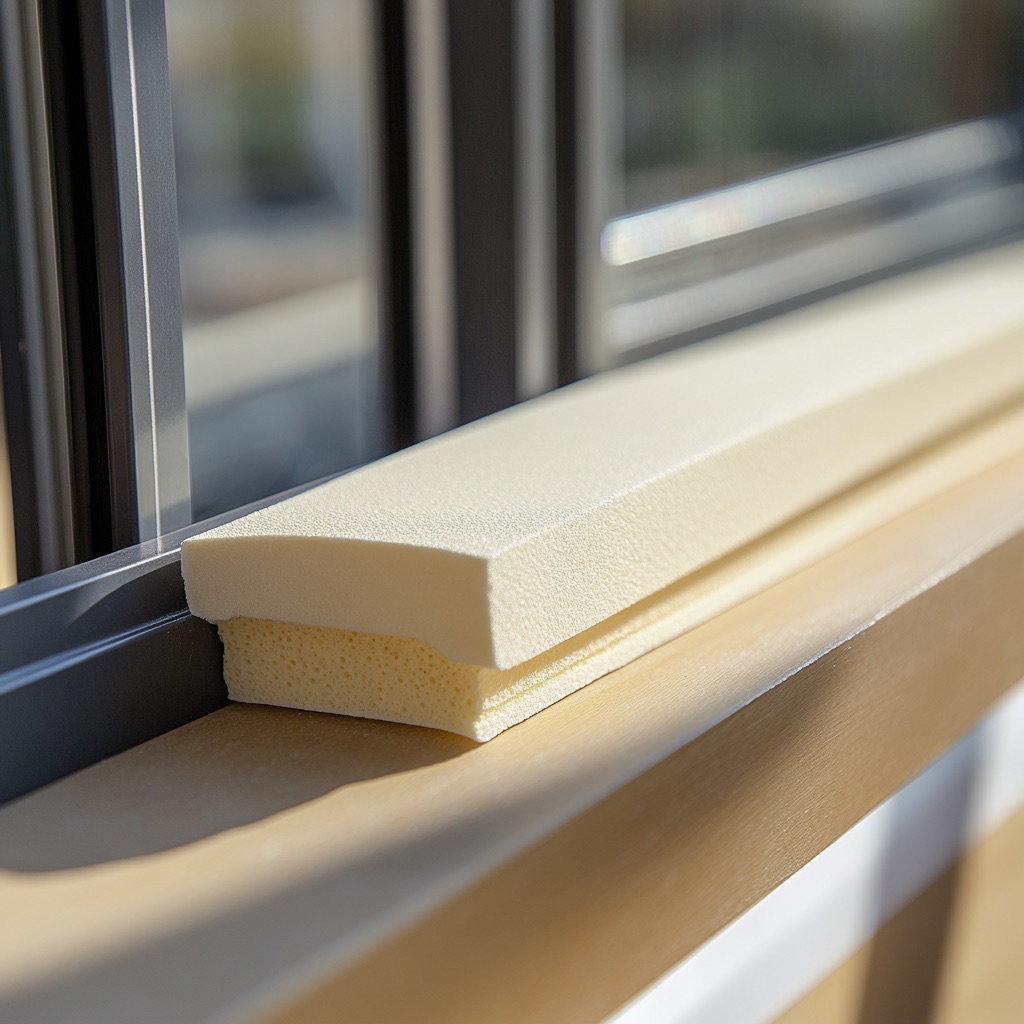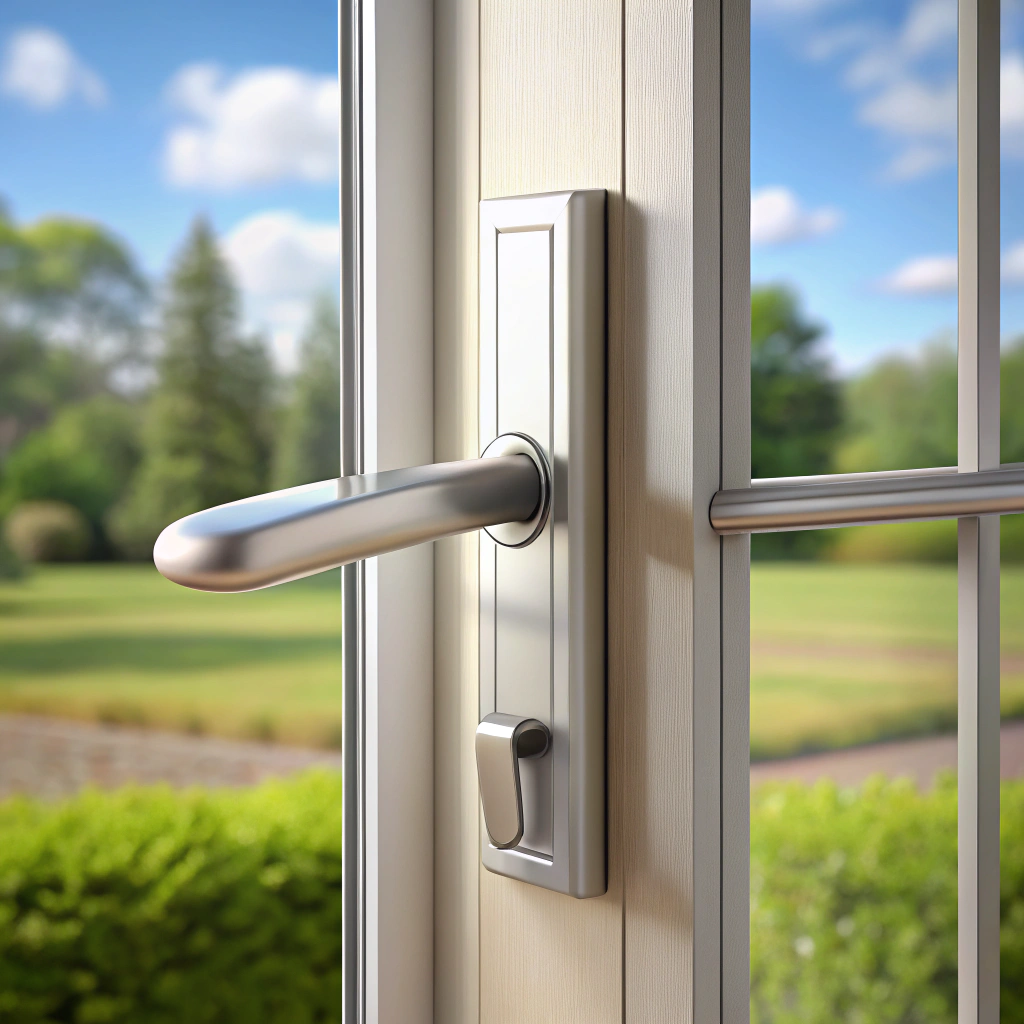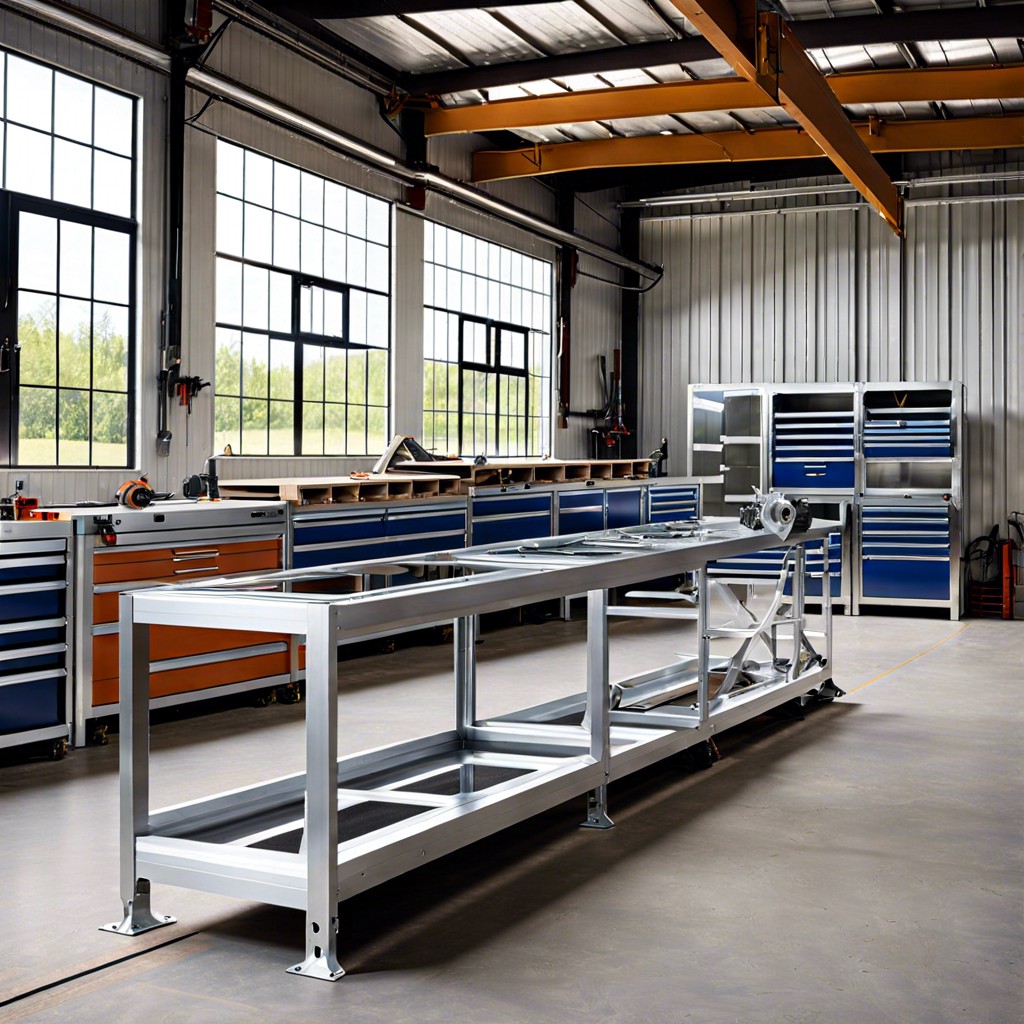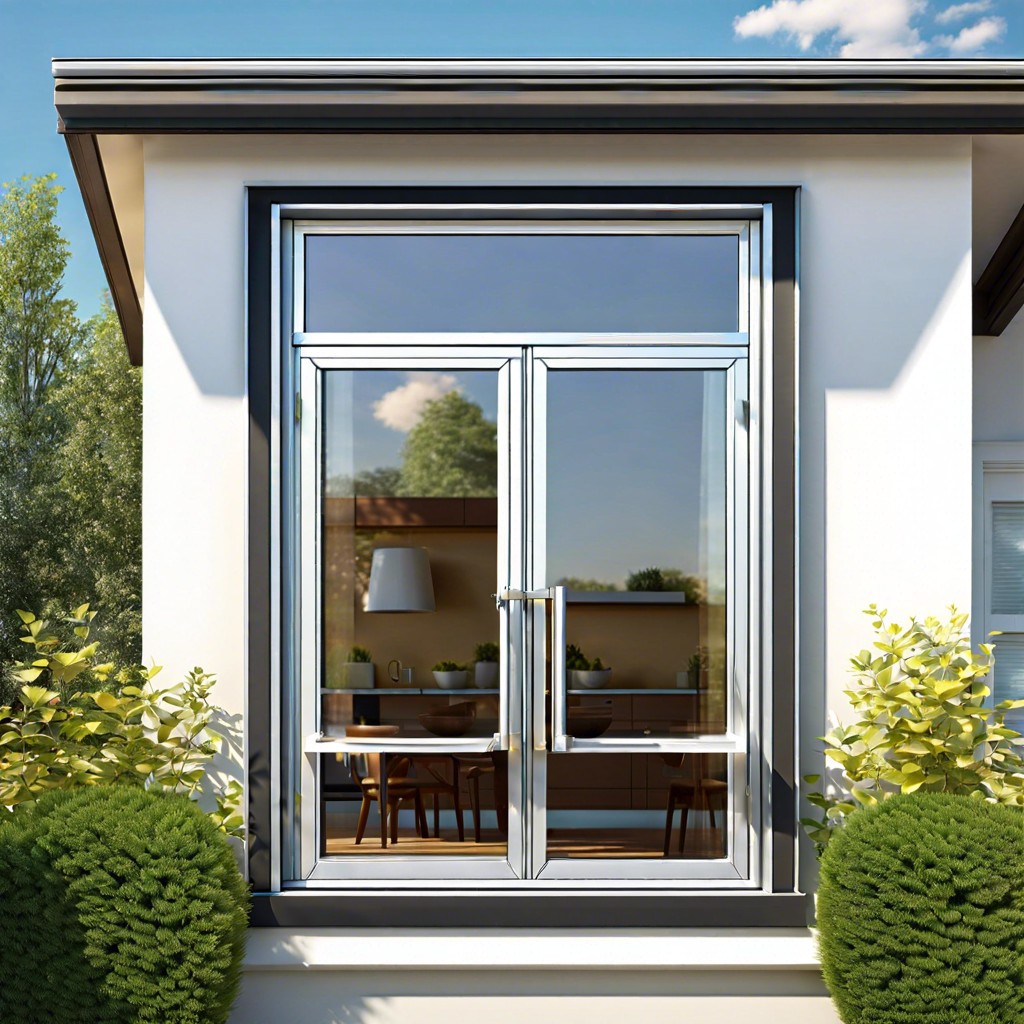Discover how aluminum window prices are influenced by factors such as size, quality, and installation costs.
Key takeaways:
- Aluminum window prices range from 0 to ,000.
- Factors affecting cost include size, design complexity, glass type, and finishes.
- Compared to vinyl, aluminum windows are more durable but more expensive.
- Aluminum windows offer a balance of longevity and style.
- Benefits include durability, low maintenance, energy efficiency, modern aesthetic, and eco-friendliness.
How Much Do Aluminum Windows Cost?
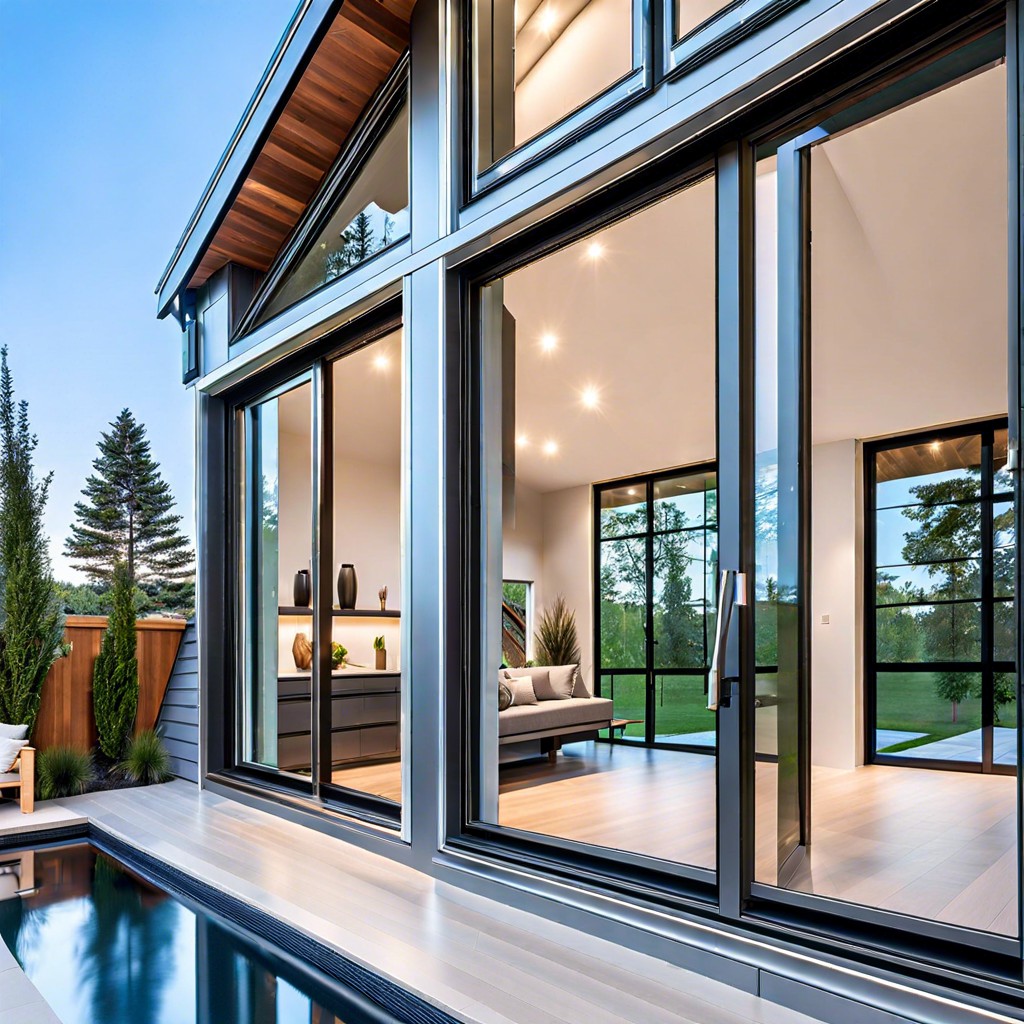
Crunching the numbers on aluminum window pricing often leaves homeowners scratching their heads—let’s simplify. A single aluminum window typically ranges from $200 to $1,000, depending on a few key factors that we’ll touch on later. Now, before you multiply that by the number of windows in your home, remember that bulk purchases may swing you a better deal.
Installation? Add another $100 to $300 per window to that tab, though local labor rates will have the final say. Remember, the sticker price on the window isn’t the end of the monetary road; skilled hands are needed to fit those sleek frames snugly into your walls.
Also worth a mention is the variation in prices based on styles and sizes—a petite, fixed window won’t pinch your pockets as much as a grand, panoramic slider. And don’t forget the upgrades like energy-efficient glazing or noise-reduction features—excellent for both your bills and your peace of mind, but they do tweak the total cost upward.
In essence, aluminum window costs are akin to a pick-and-mix sweet shop; the final price depends on your choices, with a base cost sweetened or soured by the extras you opt for.
What Factors Affect the Cost of Aluminum Windows?
Several elements can swing the price of aluminum windows. Size leads the pack; larger windows require more material and thus cost more. The design complexity also flips the price tag. Custom shapes and intricate patterns aren’t just pretty to look at; they can beef up the cost.
Glass type is another player in the price game. Upgraded options like double glazing or energy-efficient coatings reflect in the final invoice. And don’t forget the finish – a basic powder coat is wallet-friendly, but if you’ve got a taste for anodized or wood-effect finishes, be prepared to open that wallet a bit wider.
Hardware and accessories may seem like small fry, but they can add up. Fancy locks and handles give your windows personality and security, yet they also nudge the price upward. And installation? It’s no small detail. Skilled labor isn’t cheap, but cutting corners on installation can cost you more down the line, offsetting any initial savings.
How Does the Cost of Aluminum Windows Compare to Other Window Types?
Aluminum frames are middle-of-the-road players on the price scale. Compared to vinyl, they often carry a higher price tag due to the strength and durability of the material. If your wallet’s feeling tight, vinyl might be the way to go for a cost-effective yet efficient option.
Wood windows, those beauties with a classic charm, can take a bigger bite out of your budget. They’re like the vintage cars of the window market—high maintenance but oh-so-stylish. On the upside, they boast excellent insulation and can be a solid investment, especially in traditional homes.
Fiberglass is the dark horse in this race, offering a balance of affordability and durability. Though less common, these frames are like the unsung heroes, tough against the elements and seldom warping or cracking.
Steel windows sit at the high-end, often seen in ultra-modern or industrial designs. Think of them as the luxury sedans of the window world—sleek, strong, and a statement of taste. But brace yourself for the price tag; they’re typically the most expensive option available.
In sum, while aluminum windows don’t always come cheap, they offer a fusion of longevity and style that often justifies the extra pennies. They strike a happy medium, not as wallet-friendly as vinyl but more economical than wood or steel for those who appreciate their metal mettle.
Are Aluminum Windows Worth It for Your Home?
Aluminum windows boast a high strength-to-weight ratio, making them both durable and lightweight. This characteristic allows for sleek, slim frames that can hold large panes of glass, maximizing your view and natural light. They resist warping, even in harsh weather, a testament to their longevity.
Maintenance is a breeze with aluminum windows. They don’t require the frequent painting or staining that wood frames do. A quick wipe down with soapy water keeps them looking new. For those with limited time or inclination to maintain window frames, this could be a deal clincher.
Thermal performance is often a concern with metal frames due to their conductive nature. However, today’s aluminum windows come with thermal breaks—insulating material between the inside and outside of the frame—which significantly improves energy efficiency. Consider this if you’re aiming to cut down on energy bills.
Aluminum has an unmatched modern aesthetic. For contemporary homes, these windows add an industrial-chic element that other materials can’t match. But, don’t be fooled into thinking they’re all straight lines and sharp edges; aluminum frames can be powder-coated in a wide array of colors, helping them fit into any design palette.
From an ecological standpoint, aluminum is a choice you can feel good about. It’s 100% recyclable, and its longevity means replacement is a less frequent necessity. These windows have a smaller environmental footprint over their lifetime—something worth thinking about in our green-conscious times.
The cost is upfront, and long-term value is often a balancing act. While initial expenses might be higher than some alternatives, consider the lower maintenance costs and potential energy savings over time. Investing in aluminum windows could pay off in the long run.
Recap
